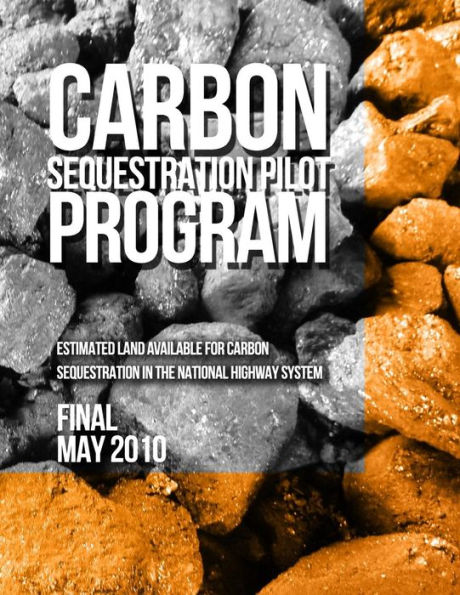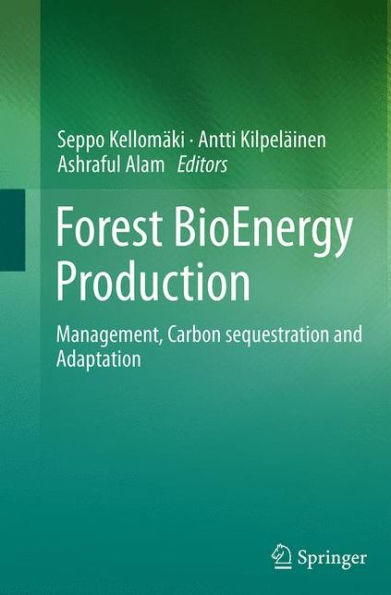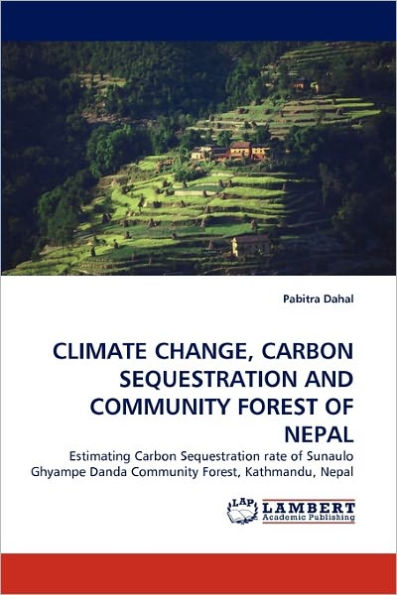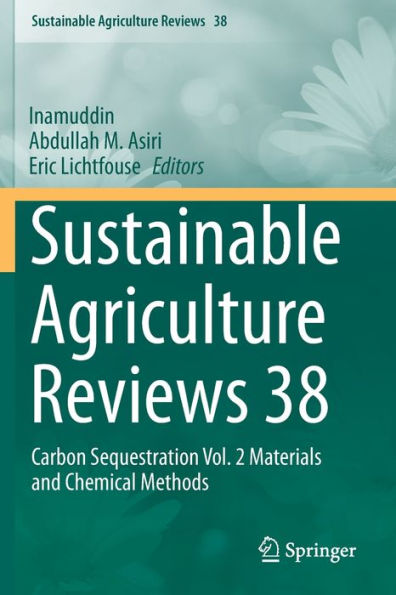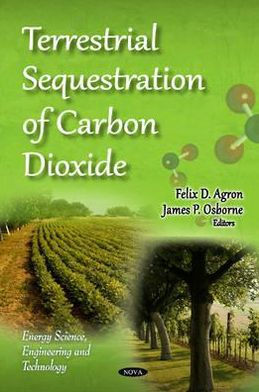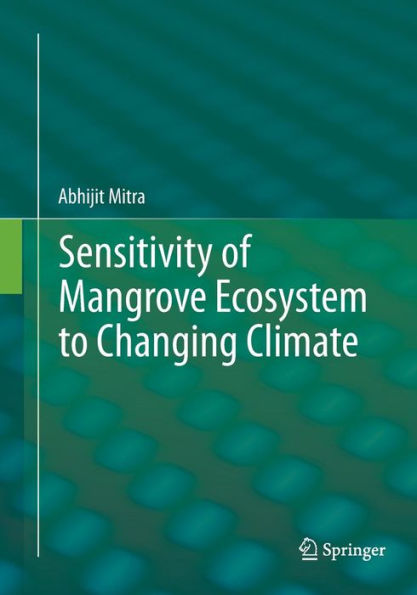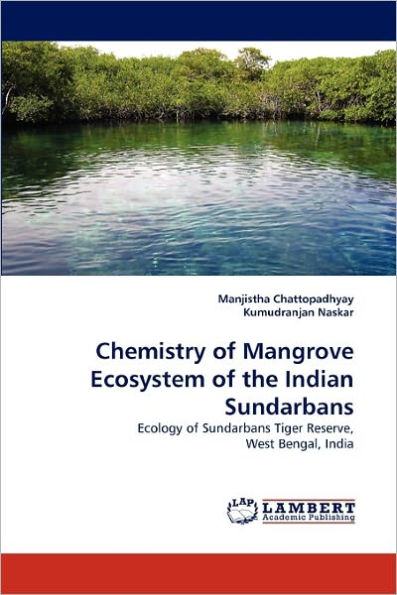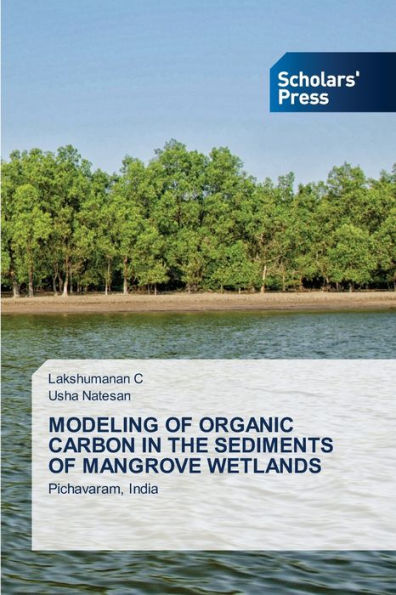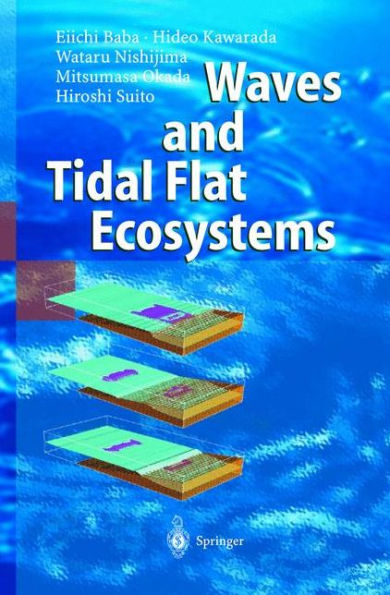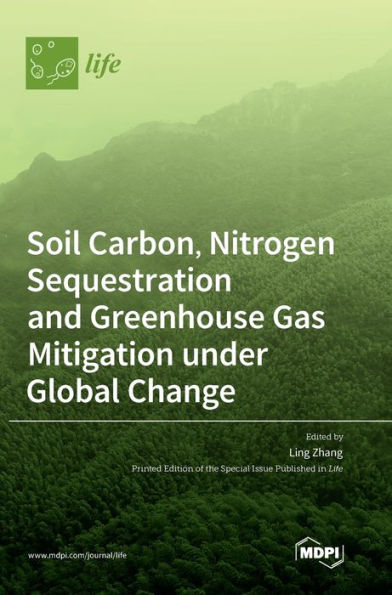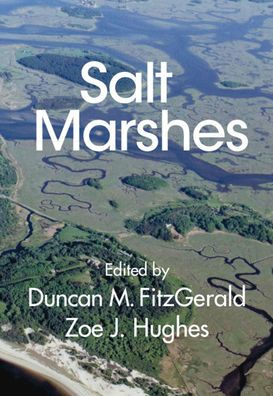Home
Carbon Sequestration in Tidal Salt Marshes and Mangrove Ecosystems


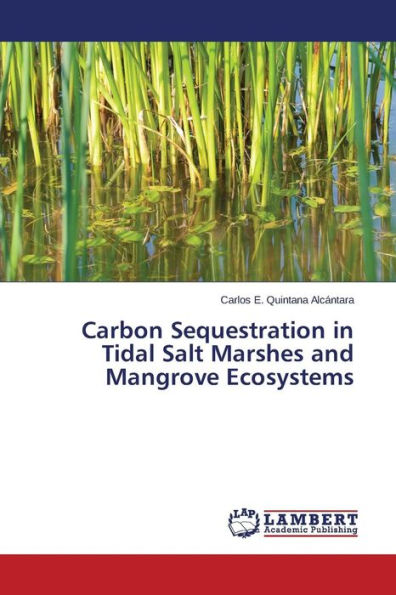
Carbon Sequestration in Tidal Salt Marshes and Mangrove Ecosystems
Current price: $38.77
Loading Inventory...
Size: OS
Wetlands take part on the global carbon cycle holding organic carbon in biomass, soils and sediments. In recent year, researches worldwide have been investigated the wetland carbon sequestration capacity due to the increase of the concentrations of greenhouse gasses implicated in global warming and climate change such as carbon dioxide, methane and nitrous oxide in the atmosphere. This paper investigated the carbon sequestration capacity on coastal wetland ecosystems. Based on published studies conducted worldwide, this study also summarizes the environmental conditions and factors associated with carbon fixation, production and storage in tidal salt marshes and mangrove ecosystems. The results showed that coastal wetland ecosystems are significant carbon pool. Global estimations indicated that carbon storage in coastal wetland range from 0.4 to 8.9 Pg C (1 Pg = 1015g carbon). Environmental and hydrologic conditions including salinity gradients and tidal regimes play a crucial role in the biogeochemistry of carbon, methane and nitrous oxide on coastal wetlands. The overview about methane and nitrous oxide production and emission indicated that tidal salt marshes and mangrove
